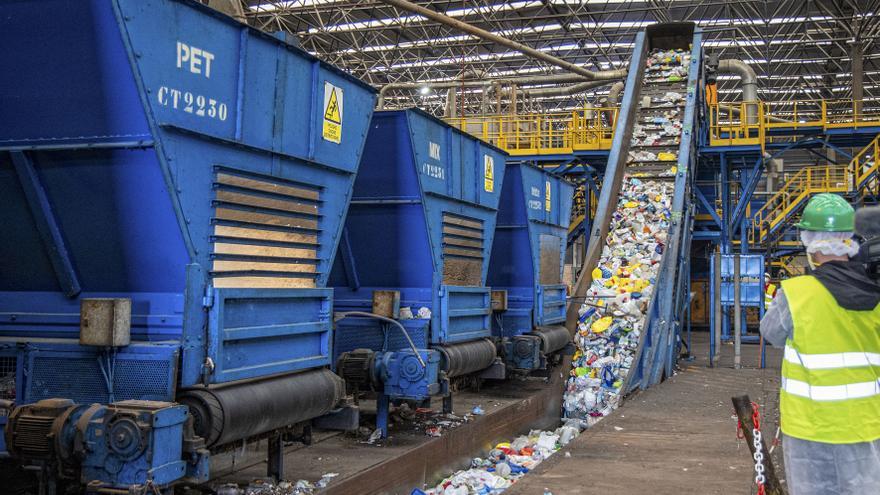The new regulation marks “a before and after” in the agri-food sector, according to a statement from the AINIA technology center, which has summarized in a decalogue the key points of the new Packaging and Packaging Waste Regulation 40/2025, published in the Official Journal of the European Union. Although it came into force last Tuesday, February 11, companies have until August 12, 2026 to comply.
The objective is to implement a “clear” regulatory framework that fosters the transition towards a circular economy, minimizing generated packaging and waste, restricting the use of “concerning” substances for health—such as lead or mercury—and imposing a harmonized label across the EU.
A Clear Framework for a More Sustainable Economy
The enforcement of this regulation marks a significant change in packaging management in sectors such as the agri-food, pharmaceutical, and industrial industries. According to AINIA, the regulation introduces measures to minimize waste, prohibit certain toxic substances, and standardize labeling across the EU.
One of the main pillars of the new regulation is the reduction of packaging and generated waste, promoting design guidelines that optimize material usage and limit empty space in packaging. Additionally, the use of hazardous substances is restricted, reinforcing safety in materials that come into contact with food and other sensitive products.
Recyclability and Recycled Content Obligations
The regulation establishes a classification of packaging according to its recyclability into three levels:
- Category A: Minimum of 95% recyclable materials.
- Category B: Between 80% and 95% recyclable materials.
- Category C: Between 70% and 80% recyclable materials.
From 2038, only packaging with at least 80% recycled material will be allowed, presenting a challenge for the packaging industry, which must adapt its production processes to these new requirements.
For food-contact packaging, specific recycled content requirements are established:
- For PET (Polyethylene Terephthalate), a 30% recycled plastic requirement by 2030 and 50% by 2040.
- For other types of plastics, minimums will be 10% by 2030 and 30% by 2040.

Restrictions on Single-Use Packaging and Over-Packaging
In its effort to reduce the use of disposable plastics, the regulation bans certain types of single-use packaging, such as those used for fresh fruits and vegetables under 1.5 kilograms. It also imposes restrictions on over-packaging, establishing more efficient design criteria that optimize space and reduce the amount of material used.
Promotion of Reusable Packaging
The regulation also sets concrete targets for the use of reusable packaging in the beverage sector. It mandates that at least 10% of distributed packaging by 2030 must be reusable, with a voluntary target of 40% by 2040.
Compliance Deadline for Businesses
Although the Packaging and Packaging Waste Regulation 40/2025 came into effect on **Tuesday, February 11, 2025**, businesses have a **transition period until August 12, 2026**, to adapt their processes to the new regulation. This timeframe allows companies to make necessary adjustments in their production lines and reformulate their packaging strategies to meet the new European requirements.
A Key Shift Toward Sustainability
With this new regulation, the European Union reinforces its commitment to reducing waste and improving sustainability in the packaging industry. These measures are expected to contribute to more efficient resource management, reducing environmental impact and promoting a more sustainable production model across all member states.
Cuchillas Castillo understands that sustainability and efficiency in industrial processes must go hand in hand. Implementing this regulation poses a challenge for many businesses, but also an opportunity to innovate and improve material management. Our commitment is to continue supporting our clients in transitioning toward a more sustainable and efficient model.

